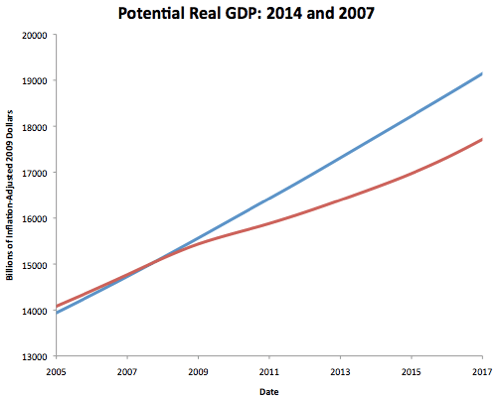Yes, there were grave failures of macroeconomic analysis, failures of surveillance, failures of organization, and failures of imagination at the Federal Reserve from 2003-2008. But once–*after* they had let Lehman Brothers go into its uncontrolled bankruptcy–those worrying about inflation and moral hazard on the FOMC got quiet and Ben Bernanke got out the financial crisis Bagehot-Minsky-Kindleberger playbook, what followed in dealing with the crisis was not a failure of economic analysis: it was not the case–then, after Lehman–that macroeconomists, reality-based macroeconomists at least, were like French generals in 1940 (or, for that matter, French generals in 1914, or French generals in 1870).
What was an enormous post-September 2008 failure was a complete failure of the policymakers and the public sphere to grapple with a persistently depressed economy in which monetary policy was constrained by the zero lower bound and hysteresis threatened–reality-based ex-Keynesian and ex-monetarist economies willing to mark their beliefs to market understood what was and is going on rather well…
Paul Krugman: Fighting the Last Macro War?: “Noah Smith… argues that macroeconomic theorists have been like French generals…
Always preparing to fight the last war–in the 80s they were working on finding solutions for the problems of the 70s, in the 90s they were working on the problems of the 80s, and so on….
Continue reading “Fighting the Last Macro War?: Friday Focus: February 28, 2014”


